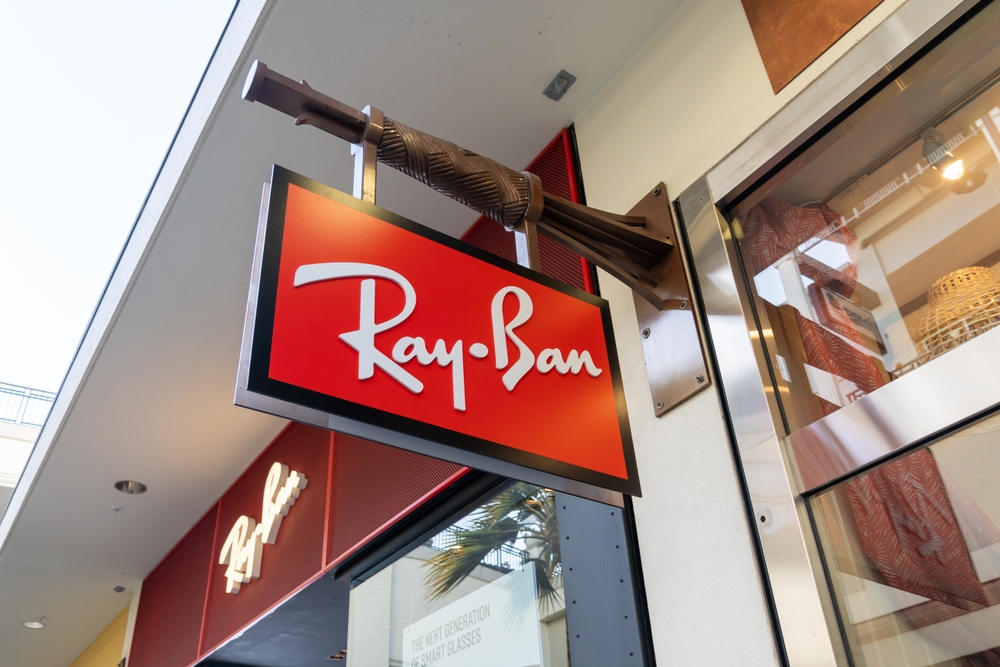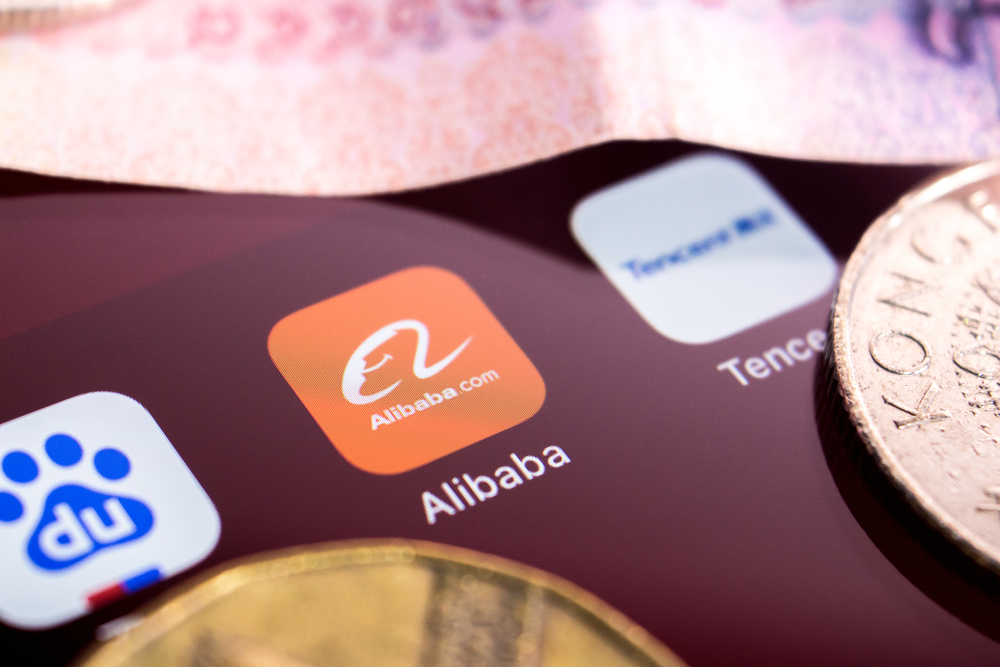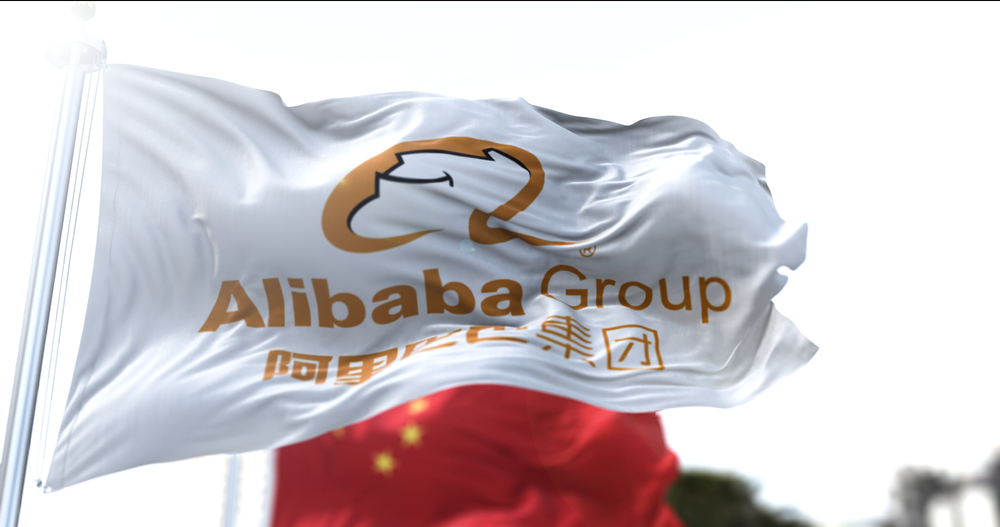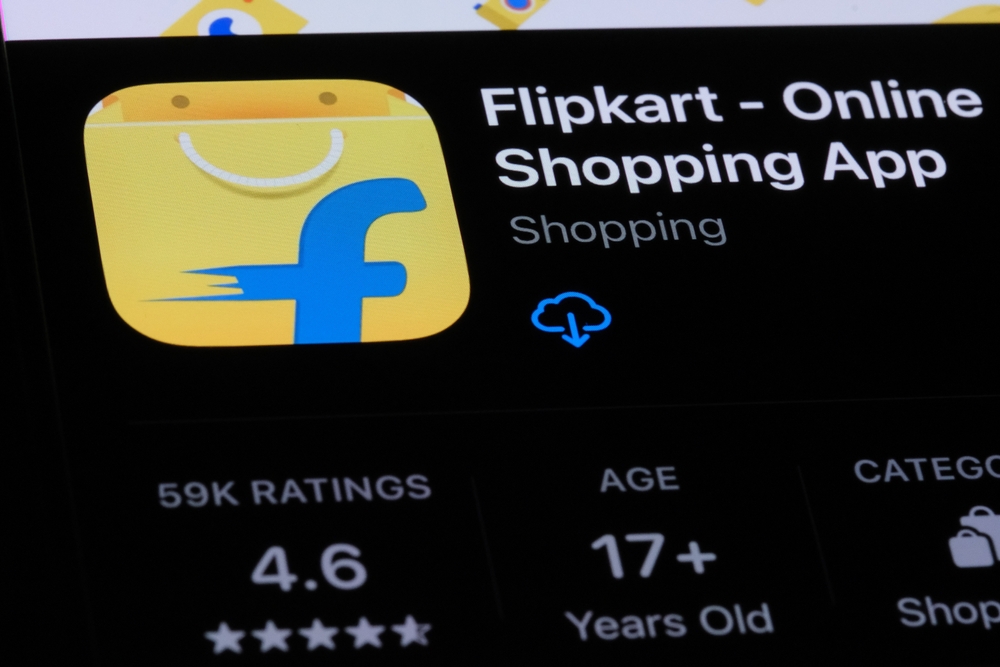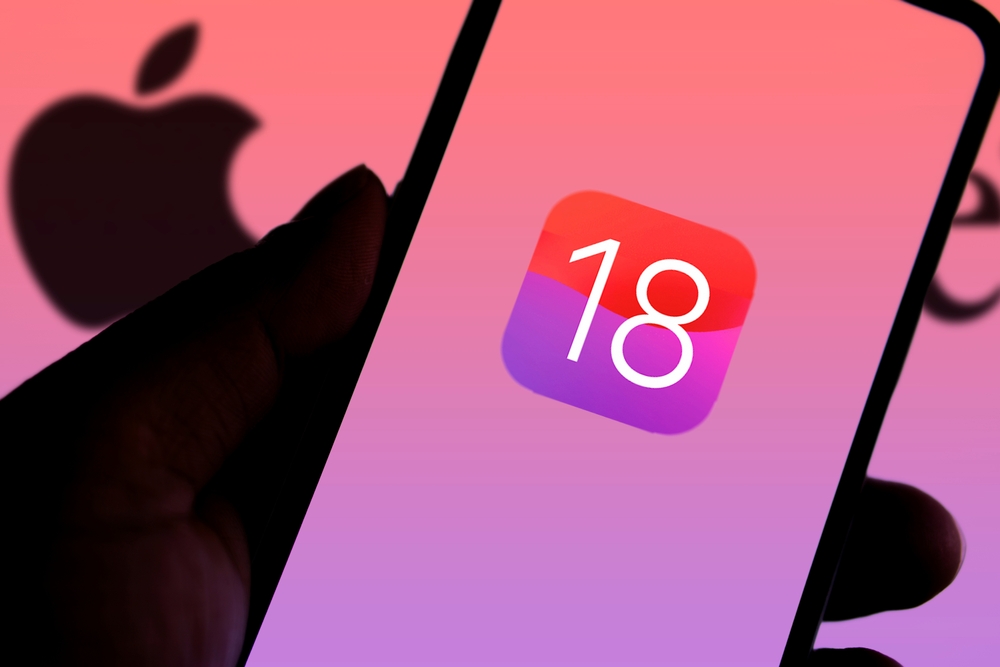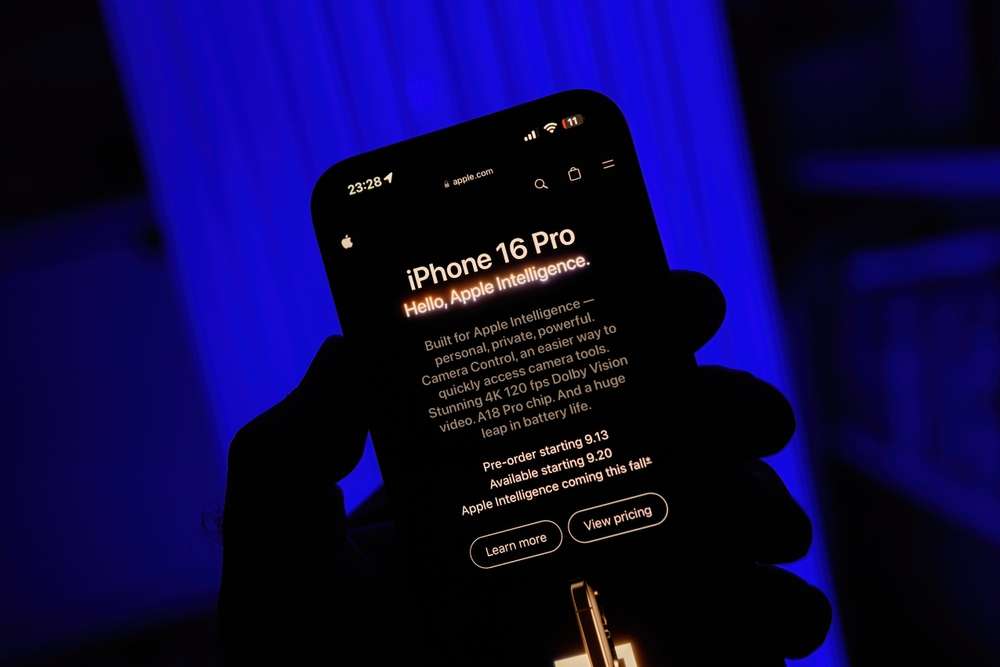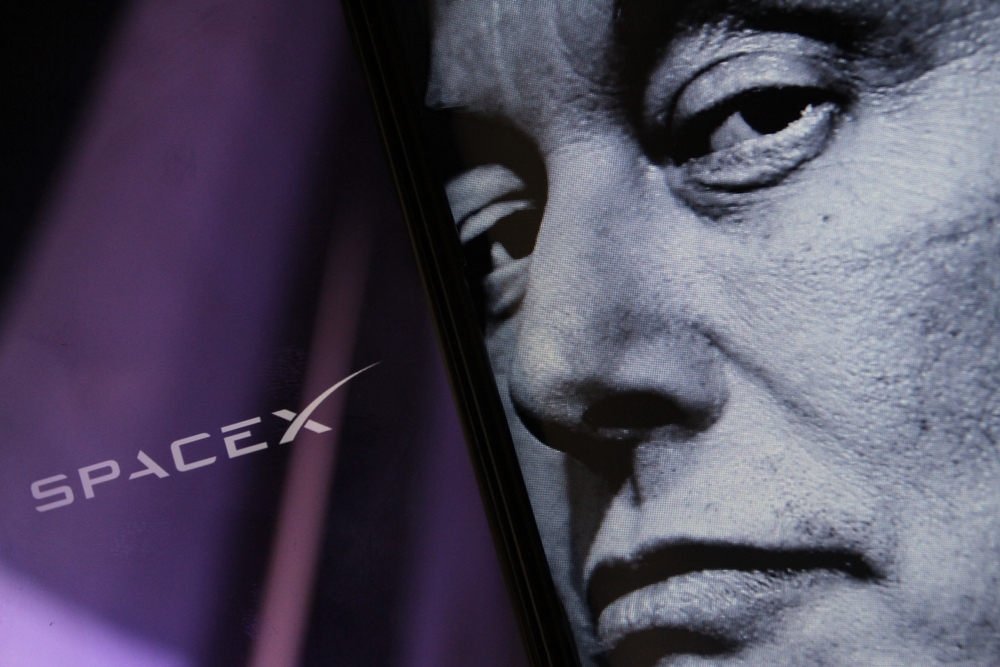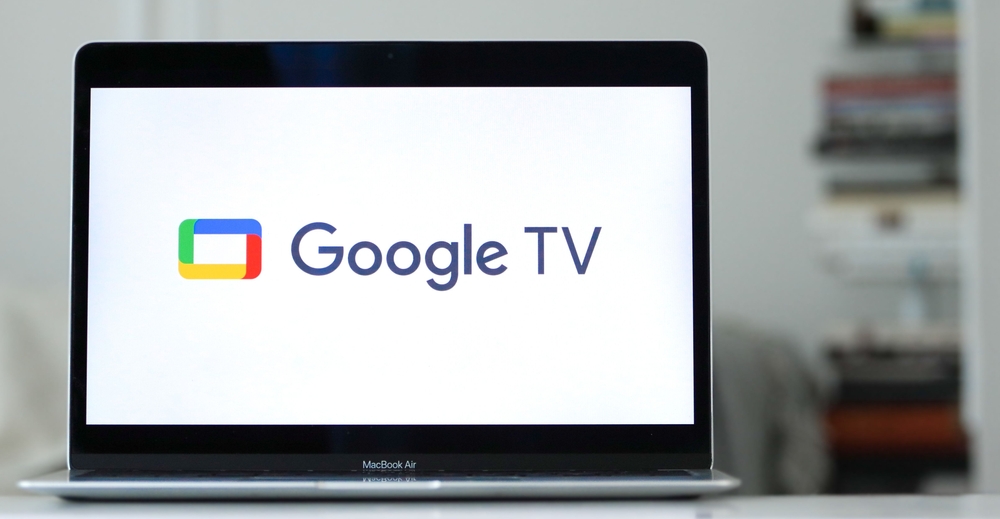Ray-Ban Smart Glasses Get a Makeover: New Translucent Style and AI-Powered Reminders!
Meta’s latest update to its Ray-Ban smart glasses series promises to redefine the way we interact with technology. During its annual Connect conference, the tech giant announced a series of new software enhancements that make the wearable device even smarter, adding the ability to help you “remember” things you see and support real-time language translation. Alongside these updates, Meta introduced a sleek, translucent frame style that provides a fresh take on their futuristic eyewear.
“Reminders” Feature: Never Forget a Thing Again
The new “Reminders” feature is arguably the highlight of the update. The glasses can now take a photo of what you’re looking at—say, a shopping list or a recipe—and send a reminder about it to your phone later. This functionality allows you to keep track of your groceries, important notes, or even business cards effortlessly, making the glasses a practical extension of your memory.
In addition, the glasses now support scanning QR codes and even making phone calls by simply looking at a number. It’s all part of Meta’s push to integrate everyday utility with high-tech innovation, making its smart glasses not just an accessory, but a practical tool for everyday tasks.
Real-Time Language Translation: Bridging Communication Gaps
Another major addition to the glasses is the upcoming real-time language translation feature. Currently, the Ray-Ban Meta glasses can translate a few languages from static images. However, with the new update, the glasses will soon be able to process conversations in real-time, providing translations between English, French, Italian, and Spanish. Through discreet speakers built into the glasses, you’ll be able to hear translations of what’s being said around you, making it easier to navigate foreign environments or communicate with people who speak different languages.
New Styles: Tech-Forward and Transparent
The software updates aren’t the only new development—Meta has partnered with Ray-Ban’s parent company, EssilorLuxottica, to release a limited-edition series of translucent frames. This design decision is reminiscent of the transparent tech gadgets of the 1990s, like the Game Boy Color, allowing users to see the advanced tech nestled within the frame. The new style is now available for purchase, but with only 7,500 units on offer, these clear frames are bound to be a collector’s item for tech enthusiasts.
A Year of Mixed Outcomes for AI Devices
While Meta’s Ray-Ban smart glasses have garnered attention and positive feedback, AI-powered wearables as a category have had a challenging year. Competing products like Humane’s AI Pin have struggled with poor sales, and the Rabbit R1 faced harsh criticism for its execution. Despite these setbacks in the industry, Meta appears to be thriving. CEO Mark Zuckerberg has stated that the smart glasses have exceeded expectations, leading to a ramp-up in production. According to IDC estimates, Meta has shipped more than 700,000 units, with demand doubling between the first and second quarters of this year.
Zuckerberg’s Vision: A Future Where Glasses Outshine Phones
Zuckerberg remains optimistic about the future of smart glasses. In a recent interview, he remarked, “Meta AI is becoming a more and more prominent feature of the glasses, and there’s more stuff that you can do. It’s not like we’re going to throw away our phones, but I think what’s going to happen is that, slowly, we’re just going to start doing more things with our glasses and leaving our phones in our pockets more.”
Whether or not these updates will be enough to sway consumers remains to be seen. But one thing is clear: Meta is betting big on making AI-powered eyewear the next big step in wearable technology.
For more details, visit the full article on The Verge.
Tech Titans Thrive as China Unveils Bold Stimulus Package
Hong Kong – In a remarkable turn of events, consumer tech giants Alibaba Group Holding Ltd., JD.com Inc., and Meituan experienced a significant surge in their stock prices following the Chinese government’s announcement of an extensive stimulus plan aimed at revitalizing the faltering economy.
The measures, which target a variety of sectors, have rekindled optimism among investors, resulting in a massive buying spree that saw Meituan and JD both rise by over 20% in Hong Kong trading from Thursday to Friday. This two-day performance marks the best for each company since 2022. Alibaba, too, benefited from this positive momentum, with its shares climbing as much as 15% during the same period.
Stimulus Measures Target Economic Recovery
The Chinese government’s proactive stance surprised many analysts, as it encompassed a wide array of support initiatives. Among the measures introduced are financial relief for the struggling property sector, direct cash payments to residents facing economic hardships, and enhanced social security benefits for unemployed graduates. Such policies have helped alleviate fears surrounding the high levels of debt within the property market and the rising youth unemployment rates, leading to a favorable climate for consumer and internet firms alike.
Buybacks Signal Investor Confidence
Cash-rich companies, notably Alibaba, are spearheading a significant resurgence in share buybacks in Hong Kong this year. The returns from China’s leading tech stocks are outpacing those of global competitors, with Alibaba offering a shareholder yield exceeding 8% as of the beginning of October, which is more than double that of any company in the Magnificent Seven in the US. While earlier buybacks served as a defensive strategy to mitigate stock declines amidst economic uncertainties, the latest policy announcements from Beijing are catalyzing renewed investor interest in these beleaguered tech firms.
Future Outlook Remains Bright
Bloomberg Economics indicates that alongside the unexpected stimulus measures announced by the People’s Bank of China, the Politburo’s firm commitment to utilize fiscal and monetary strategies to support growth signals a more serious approach to stabilizing employment and fostering economic recovery. With the potential for additional supportive measures on the horizon, particularly aimed at bolstering job markets and consumption demand, the outlook for China’s tech sector appears increasingly promising.
For further details, visit the full article on Bloomberg.
Fidelity Slashes Valuation of Elon Musk’s X by 79%, Leaving It Worth $9.4 Billion
Fidelity Investments has drastically reduced its valuation of Elon Musk’s social media platform, X (formerly Twitter), by an astonishing 79%. The asset management firm now estimates its stake in the platform is worth approximately $4.19 million, a dramatic decline from its original investment of $19.66 million. This news emerges from Fidelity’s latest disclosures for its Blue Chip Growth Fund, showcasing the volatility surrounding the platform since Musk’s acquisition.
Fidelity’s valuation adjustment signifies a significant downturn in X’s market position, now estimated at a mere $9.4 billion overall. This represents a sharp decrease from the $44 billion Musk paid to acquire the platform in 2022. The reduction comes after a series of markdowns; just a few months prior, Fidelity had pegged the value of its shares in X at around $5.5 million as of the end of July. This pattern of declining valuation raises questions about the platform’s future and sustainability in a competitive social media landscape.
The 78.7% decrease in valuation underscores the challenges X faces in regaining its footing following the leadership changes and strategic shifts implemented by Musk. Industry experts suggest that factors contributing to this decline include declining user engagement, advertising revenue challenges, and increasing competition from other platforms. As X continues to navigate these turbulent waters, investors are closely monitoring its performance and potential for recovery.
Musk’s acquisition of X has sparked significant interest and scrutiny, particularly as it marks a pivotal moment in the evolution of social media. With such a steep decline in value, the future direction of the platform remains uncertain. Investors and analysts alike are left to wonder if Musk can pivot the company back to profitability or if it will continue to struggle under the weight of its diminished valuation.
For more details on this evolving story, visit the full article on TechCrunch.
AI Revolution Ahead? Sam Altman’s Vision of a World Where AI Superintelligence Takes the Lead
Sam Altman, CEO of OpenAI and one of its co-founders, shared an optimistic vision for the future shaped by artificial intelligence. Altman describes a world where AI enhances human capabilities and facilitates groundbreaking advancements, stating that the future “is going to be so bright that no one can do it justice by trying to write about it now.” His reflections come at a pivotal moment as society grapples with the implications of rapidly evolving AI technologies.
Superintelligence on the Horizon
Altman believes that achieving superintelligence—where AI surpasses human intelligence—could occur “in a few thousand days.” While he acknowledges that the timeline might extend longer, his confidence remains firm. He articulates a transformative role for AI: “Humans will have AI assistants that can do much more than what they can currently accomplish.” He envisions these assistants managing complex tasks like coordinating medical care and advancing scientific research, paving the way for new innovations.
Challenges Ahead
However, Altman recognizes significant hurdles that need addressing. Chief among them is the infrastructure required to support AI. He warns, “If we don’t build enough infrastructure, AI will be a very limited resource that wars get fought over and that becomes mostly a tool for rich people.” This insight underscores the potential for disparities in access to AI technology, emphasizing the need for equitable development to ensure widespread benefits.
Labor Market Transformations
The rise of AI is also expected to bring about “a significant change in labor markets,” though Altman is optimistic that humanity will not “run out of things to do.” This perspective stands in contrast to fears that AI could lead to widespread job displacement. As industries evolve and new roles emerge, Altman believes that the essence of human creativity and ingenuity will continue to thrive alongside advanced AI technologies.
A Divided Perspective on AI’s Future
While Altman presents a hopeful outlook, the conversation around AI is multifaceted, with critics warning of potential risks. Concerns about AI taking over human roles rather than assisting them remain prevalent. As AI continues to evolve, the next few years will be critical in determining how these technologies reshape our world.
For more insights on Altman’s vision and the future of AI, visit Neowin.
Tech Titans Rally: Alibaba, JD, Meitian Soar After China Stimulus Announcement
Alibaba Group Holding Ltd., JD.com Inc., and Meituan experienced substantial gains in their stock prices following the Chinese government’s recent announcement of a comprehensive economic stimulus plan. This initiative, aimed at rejuvenating the struggling domestic economy, sparked a surge of optimism among investors, leading to significant buying activity across consumer tech firms.
The catalyst for this remarkable turnaround was the Chinese government’s unexpected breadth of stimulus actions. These measures include targeted support for the beleaguered property sector, cash handouts for citizens facing economic hardship, and enhanced social security benefits for unemployed graduates. As a result, shares of Meituan and JD soared over 20% in Hong Kong trading during the Thursday and Friday sessions, marking their best two-day performance since 2022. Meanwhile, Alibaba saw a notable increase of up to 15% over the same period, highlighting the market’s renewed confidence.
The strategic timing of this stimulus announcement coincides with a broader trend in the tech sector, particularly among cash-rich firms like Alibaba. This year has witnessed a significant increase in share buybacks, particularly for companies listed in Hong Kong. As investor confidence rises, these tech giants are not just defending their stock values but are also actively working to revive interest in their businesses. Alibaba’s shareholder yield, which has surpassed 8% this month, stands in stark contrast to competitors in the U.S., highlighting the financial strength of Chinese tech firms.
Bloomberg Economics notes that the combination of stimulus measures and a proactive stance from the People’s Bank of China indicates a serious commitment to reviving the economy. The recent actions from policymakers signal a heightened focus on stabilizing employment and stimulating consumer demand. Analysts suggest that further support in various sectors is on the horizon, particularly efforts aimed at bolstering the job market.
As the tech sector braces for potential growth, the positive market response to government intervention illustrates the delicate balance between policy measures and economic recovery. The sustained interest in companies like Alibaba, JD, and Meituan reinforces the idea that strategic government initiatives can play a crucial role in reshaping market dynamics.
For more details, visit the full article on Bloomberg here.
From Competition to Collusion: The Dark Side of India’s Smartphone Launch Strategy Uncovered!
The Competition Commission of India (CCI) has leveled serious accusations against major smartphone manufacturers Samsung and Xiaomi. The CCI reports allege that these companies have colluded with leading e-commerce platforms, Amazon and Flipkart, to conduct exclusive product launches, violating local antitrust laws. This revelation could drastically reshape the competitive dynamics of the smartphone market in India.
The CCI’s findings highlight a troubling trend in which select smartphone makers have entered into agreements with e-commerce giants to prioritize their products. According to a comprehensive 1,027-page report concerning Amazon, the CCI outlines how companies like Samsung, Xiaomi, Motorola, and Realme engaged in exclusive launch practices that undermine fair competition. Similarly, a separate 1,696-page report regarding Flipkart confirms that these companies also followed suit in their dealings with the platform.
The ramifications of these findings could be far-reaching, particularly as India’s e-retail market is projected to soar to over $160 billion by 2028. The collusion allegations come amid ongoing tensions between online retailers and small brick-and-mortar shops, which have long complained that such exclusive arrangements hinder their ability to compete effectively. “Exclusivity in business is anathema,” asserted G.V. Siva Prasad, CCI’s additional director general, emphasizing the detrimental impact on consumers and small retailers alike.
Market data reveals that Samsung and Xiaomi together command nearly 36% of the Indian smartphone market, making their potential culpability even more alarming. The investigation, which was initially prompted by complaints from the Confederation of All India Traders, may lead to fines and mandated changes in business practices for the accused companies.
While Xiaomi has refrained from commenting, other implicated firms have yet to respond publicly to the allegations. As the CCI prepares to review objections to its findings, it remains to be seen how this legal battle will unfold. If the allegations are substantiated, it could lead to significant changes in how these companies operate within one of the world’s fastest-growing digital marketplaces.
For more information on this developing story, visit the original source here.
Messages Via Satellite and More: iOS 18 Sets the Stage for a New iPhone Experience.
iOS 18 has officially launched, bringing a host of new features designed to enhance personalization, streamline user experiences, and integrate cutting-edge AI technology into iPhones worldwide. Available today, this update introduces significant changes to the Home Screen, Control Center, Photos app, and more.
Revolutionary Customization Options
One of the standout features of iOS 18 is its expanded customization capabilities. Users can now arrange app icons and widgets in new ways, including adjusting their size and appearance to better fit personal preferences. The redesigned Control Center offers more flexible organization, allowing users to arrange groups of controls, such as media playback and connectivity, for quick access. Additionally, users can customize or even remove controls on the Lock Screen for the first time.
The Largest Photos Overhaul Ever
The Photos app has received its most significant redesign yet. The update features a simplified layout that consolidates the library into a unified view, while new collections like Recent Days, People & Pets, and Trips help users easily organize and find their favorite memories. Customizable layouts and pinned collections further enhance the user experience, making it simpler to revisit cherished moments.
Enhanced Communication and Intelligence
iOS 18 brings powerful updates to Messages and Mail, including advanced formatting options and the ability to compose messages offline via satellite when conventional connections aren’t available. Mail introduces intelligent categorization, sorting messages into Primary, Transactions, Updates, and Promotions for better organization.
A major highlight is the introduction of Apple Intelligence, launching next month. This feature leverages generative models and personal context to deliver highly relevant and secure assistance, such as advanced writing tools and improved photo search capabilities. Siri has also been revamped with a new design and improved contextual understanding, offering a more natural interaction experience.
Additional Features and Updates
The update includes new functionalities across various apps, such as a revamped Safari browser with enhanced reader modes and distraction control, a new Passwords app for managing credentials securely, and upgraded accessibility features including Eye Tracking and Music Haptics. The Health app and Fitness app also receive updates to improve user engagement and personalization.
For a comprehensive overview of all the new features and enhancements in iOS 18, visit Apple’s official announcement.
Is iPhone 16 Worth the Upgrade? Comparing Features and Benefits
Apple has officially launched its latest smartphones, the iPhone 16 and iPhone 16 Plus, marking a significant upgrade in the company’s flagship lineup. Unveiled in September 2024, these new models introduce a host of features aimed at enhancing user experience while maintaining competitive pricing.
Next-Gen Features at a Competitive Price
Starting at $799, the iPhone 16 offers a balanced blend of advanced technology and affordability. Both the iPhone 16 and iPhone 16 Plus come equipped with Apple’s cutting-edge A18 chip, which boasts a 30% increase in CPU performance and 40% better GPU efficiency compared to its predecessor. The enhanced processing power supports the new Apple Intelligence features in iOS 18, including improved Siri, Genmoji, and more.
Design and Display Innovations
The design of the iPhone 16 models closely resembles the previous generation, featuring an aluminum frame and a matte glass back. Notable updates include a vertical rear camera layout and a new Camera Control button, designed for enhanced photography and video recording. The Super Retina XDR OLED displays offer vibrant colors and sharp details, with a peak brightness of 2,000 nits outdoors.
Enhanced Photography and Battery Life
The iPhone 16 and 16 Plus introduce a 48-megapixel Fusion Camera with 2x optical zoom and a new 12-megapixel Ultra Wide camera with autofocus. These upgrades are complemented by improved low-light performance and spatial photography capabilities. Battery life has also seen improvements, with the iPhone 16 Plus offering up to 27 hours of video playback.
Charging and Connectivity
Apple has upgraded to faster 25W MagSafe charging, enabling the iPhone 16 to reach 50% charge in just 30 minutes. The models support 5G connectivity, Wi-Fi 7, and Bluetooth 5.3, ensuring robust performance and future-proofing.
Availability
Pre-orders for the iPhone 16 and iPhone 16 Plus began on September 13, with the official launch set for September 20. The new devices will be available in five colors: Navy Blue, Teal, Pink, White, and Black. For more details on the iPhone 16 lineup, click here.
SpaceX’s New Era: Polaris Dawn Astronauts Soar into Spacewalk History
On Thursday, September 12, 2024, SpaceX’s Polaris Dawn mission achieved a groundbreaking feat in space exploration by conducting the world’s first commercial spacewalk. The mission, led by billionaire and private astronaut Jared Isaacman, marks a major step forward in the growing role of private companies in space missions.
“A Perfect World from Space”
Jared Isaacman, standing partially outside SpaceX’s Dragon spacecraft, described the moment as surreal: “SpaceX, back at home we have a lot of work to do, but from here it looks like a perfect world.” This powerful reflection came as Isaacman became the first private astronaut to exit a spacecraft for a spacewalk.
Launched on September 10 from NASA’s historic Launch Complex-39A, the same site that sent Apollo 11 to the moon, the crew of four included Isaacman, pilot Scott “Kidd” Poteet, and SpaceX employees Sarah Gillis and Anna Menon. Within 15 hours, the crew set an altitude record of 870 miles (1,400 kilometers), surpassing the previous record held by NASA’s Gemini 11 mission.
A Bold Step into the Void
After reaching this historic altitude, Isaacman and mission specialist Sarah Gillis exited the Dragon spacecraft for a spacewalk. Isaacman made his way out first at 6:48 a.m. EDT, followed by Gillis at 7:04 a.m. EDT. This marked the first time a privately funded crew performed an extravehicular activity (EVA), adding another milestone to the mission’s achievements.
The EVA lasted for one hour and 46 minutes as the astronauts conducted mobility checks on their specialized SpaceX-designed spacesuits, which are both lightweight and protective. The spacesuits are expected to be used for future missions, potentially even for Mars exploration.
Advancing Space Science
Beyond the spacewalk, Polaris Dawn’s mission objectives also include 36 science experiments, many focusing on the effects of space travel on human health. These include tests on biometric wearables, motion sickness mitigation, and how space radiation affects the body. NASA’s associate chief scientist Jancy McPhee commented, “Information gathered from Polaris Dawn will give us critical insights to help NASA plan for deeper space travel to the moon and Mars.”
For more information, visit the official source.
Google TV Expands Free Streaming To 150 Channels Right On Your Home Screen
Google TV is taking a significant leap in its free streaming offerings, now boasting a total of 150 free channels accessible directly from the homescreen. This expansion enhances the platform’s appeal, providing users with an extensive library of ad-supported content without the hassle of account creation or app downloads.
Growing the Library of Free Content
The journey to this milestone began in early 2023, when Google first integrated free channels into Google TV, allowing users to stream endless hours of content from devices such as Chromecast and televisions from brands like TCL and Hisense. Initially launching with approximately 80 channels, Google has steadily increased this number throughout the year. By June 2024, the count had climbed to 132, and by August, it reached 136.
Recently, Google TV made a quiet but impactful update, adding 14 new channels to its lineup, which now includes popular options such as Billiard TV, Buzzr, The Rifleman, and Ghost Hunters Channel. The complete list of newly added channels reflects a diverse range of interests, catering to various viewer preferences. Notable additions include Nature & Wildlife TV, Highway to Heaven, and Ebony TV by Lionsgate.
Free Content Available in the U.S. Only
Currently, these free channels remain exclusive to users in the United States, which has raised questions about potential international expansion in the future. Google TV also partners with platforms like Plex, Haystack News, and PlutoTV to enhance its free content offerings further. This partnership approach not only enriches the user experience but also positions Google TV as a competitive player in the streaming landscape.
Rebranding and New Hardware on the Horizon
Looking ahead, Google plans to rebrand its free channels as “Freeplay,” which aligns with the company’s strategy to create a more cohesive viewing experience. This update comes just in time for the impending launch of the Google TV Streamer, set to ship to U.S. customers later this month. This device is anticipated to further streamline access to Google TV’s vast array of content.
As Google continues to innovate and expand its free streaming services, it remains committed to making entertainment accessible for all users. With 150 channels now available, viewers have a wealth of choices right at their fingertips.
For more details, read the full article here.
